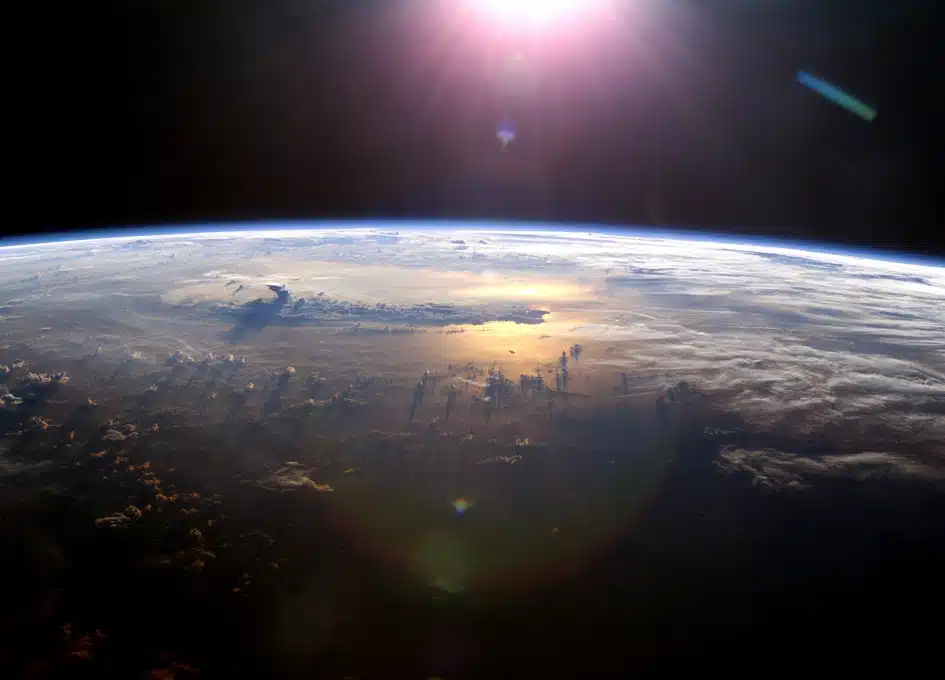About Karman Line
- Located at 100 km (62 miles) above sea level, it is an imaginary line that demarcates the earth’s atmosphere from space.
- It was established in the 1960s by a record-keeping body called the Fédération Aéronautique Internationale (FAI).
- It was named after aerospace pioneer Theodore von Kármán.
- Though not all scientists and spacefarers accept it (for example, the Federal Aviation Administration, NASA, and the U.S. military place the line between outer space and the atmosphere at 80 km (50 miles) above the Earth’s surface) , a majority of countries and space organisations recognise this boundary between earthsky and space.
- It is based on physical reality in the sense that it roughly marks the altitude where traditional aircraft can no longer effectively fly.
- Anything traveling above the Kármán line needs a propulsion system that doesn’t rely on lift generated by Earth’s atmosphere—the air is simply too thin that high up.
- In other words, the Kármán line is where the physical laws governing a craft’s ability to fly shift.
- Anyone who crosses this line qualifies as an astronaut.
- Why do we need a Kármán line?
- The 1967 Outer Space Treaty says that space should be accessible to all countries and can be freely and scientifically investigated.
- Defining a legal boundary of what and where space can help avoid disputes and keep track of space activities and human space travel.
Q1) What is the Fédération Aéronautique Internationale (FAI)?
It is a non-governmental and non-profit making international organisation with the basic aim of furthering aeronautical and astronautical activities worldwide, ratifying world and continental records and coordinating the organisation of international competitions.
Source: The crucial role of the Kármán Line in space defense strategies
Last updated on December, 2025
→ Check out the latest UPSC Syllabus 2026 here.
→ Join Vajiram & Ravi’s Interview Guidance Programme for expert help to crack your final UPSC stage.
→ UPSC Mains Result 2025 is now out.
→ UPSC Notification 2026 is scheduled to be released on January 14, 2026.
→ UPSC Calendar 2026 is released on 15th May, 2025.
→ The UPSC Vacancy 2025 were released 1129, out of which 979 were for UPSC CSE and remaining 150 are for UPSC IFoS.
→ UPSC Prelims 2026 will be conducted on 24th May, 2026 & UPSC Mains 2026 will be conducted on 21st August 2026.
→ The UPSC Selection Process is of 3 stages-Prelims, Mains and Interview.
→ UPSC Result 2024 is released with latest UPSC Marksheet 2024. Check Now!
→ UPSC Prelims Result 2025 is out now for the CSE held on 25 May 2025.
→ UPSC Toppers List 2024 is released now. Shakti Dubey is UPSC AIR 1 2024 Topper.
→ UPSC Prelims Question Paper 2025 and Unofficial Prelims Answer Key 2025 are available now.
→ UPSC Mains Question Paper 2025 is out for Essay, GS 1, 2, 3 & GS 4.
→ UPSC Mains Indian Language Question Paper 2025 is now out.
→ UPSC Mains Optional Question Paper 2025 is now out.
→ Also check Best IAS Coaching in Delhi

















